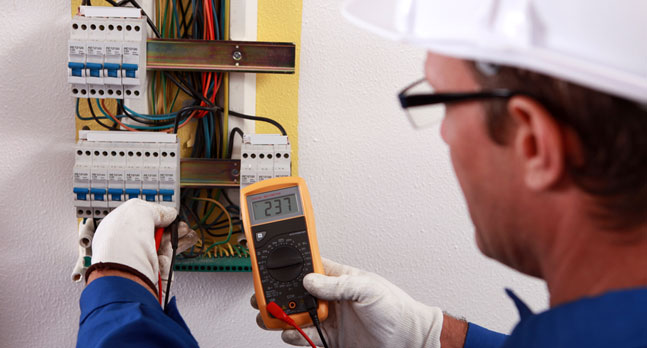
Why is electrical safety important?
General July 13, 2021, Comments OffWorkplace safety is something that each company must make a high priority. You will discover various kinds of hazards which exist, and generally all of them are just covered under the universal theme of workplace safety. Interestingly, electronic safety is often addressed separately by many businesses. Some individuals wonder why electro-mechanical safety is so important, and just why it gets a lot attention. There are plenty of statistics and facts that provides some insights into why is electrical safety stick out as it pertains to the work that are created to improve safety.
Listed below are some interesting, and frequently unsettling, factual statements about electrical safety at work.
High Incident Rates – In the survey 97% of professional electricians have reported they have been shocked or elsewhere injured while face to face. While almost all of these were minimal shocks, this illustrates precisely how often they happen.
Learn to use and apply National Electrical Code, NEC, NFPA 70, National Electrical Code® (NEC®), content through real application training scenarios led by recognized electrical code experts.
Workplace Fatalities – Electrocutions ranks as the fourth most typical reason behind workplace deaths.
Disabling Injuries – Electrocutions are also in charge of a big volume of employees becoming disabled every year. Typically 3600 people are disabled in this manner each year.
Medical Costs – The medical costs related to a significant electric powered burn can be over $4 million and take a long time.
Total Costs – Medical costs aren’t the one expense associated with electricity related incidents. These incidents can cause fires, harm to equipment, and even more. In just twelve months, electric incidents cost $14.6 billion to American facilities.
Electrical Safety is exclusive
As you can plainly see from the statistics above, electro-mechanical safety important at work is vital. Furthermore, hazards related to electricity tend to be quite unique of other styles of workplace potential issues. Finally, electrical risks aren’t something that the average indivdual has much experience with, which explains why it is important they are given at least basic electro-mechanical safety training so they learn how to avoid accidents or injuries. Although it is true that workplace safety is important, electric powered safety must be treated differently to guarantee the safety of everybody in the service.
Basics of Connection with Electricity
It’s the degree of voltage your body is subjected to and the resistance to flow of electronic current made available from your body that can determine the impact of contact with electricity. The next factors determine the severe nature of the result electric shock is wearing your system:
The amount of voltage
The quantity of body resistance you have to the present flow
The path the existing takes through your system
The period of time the current flows through your system
Often lightweight equipment is available that is power from a 110 volt source through a straightforward transformer and they are often centre tapped to globe so the maximum voltage between a live conductor and globe (the most frequent reason behind electric shocks from equipment) is bound to 55V.
Battery run tools such as drills, screwdrivers etc can replace mains power equipment
Temporary and handheld lighting can be provided at 12, 25, 50 or 110 volts.
Ensure Fuses are appropriately fitted
The fuse protects these devices from over current. It really is made to ‘blow’ and take off the electricity when the existing exceeds its rated capacity. It’s important to guarantee the correct fuse is employed for the applying. As an over-all guide 3 amp fuses are being used in equipment up to 700 watts (W). For equipment with a rating higher than 700 watts (W) a 13-amp fuse will be needed. Some equipment takes a 5 amp fuse e.g. some televisions and, other equipment like some printers require 10 amp fuses. Always browse the manufacturer’s instructions.
Perform preventative maintenance
All electronic equipment and installations should be maintained to avoid danger.
This will include a proper system of visible inspection and, where necessary, testing. By focusing on a straightforward, inexpensive system of looking for obvious signs of harm or faults, almost all of the electrical hazards can be governed.
It is strongly recommended that set installations are inspected and tested periodically by a reliable person. The frequency of inspections and any necessary testing will rely upon the sort of set up, how often it can be used, and the surroundings where it can be used.
Users can help by reporting any destruction or defects they find.
Ensure that folks who will work with electricity are experienced to get the job done. Even simple responsibilities such as wiring a plug can result in hazard – ensure that folks really know what they may be doing before they start.